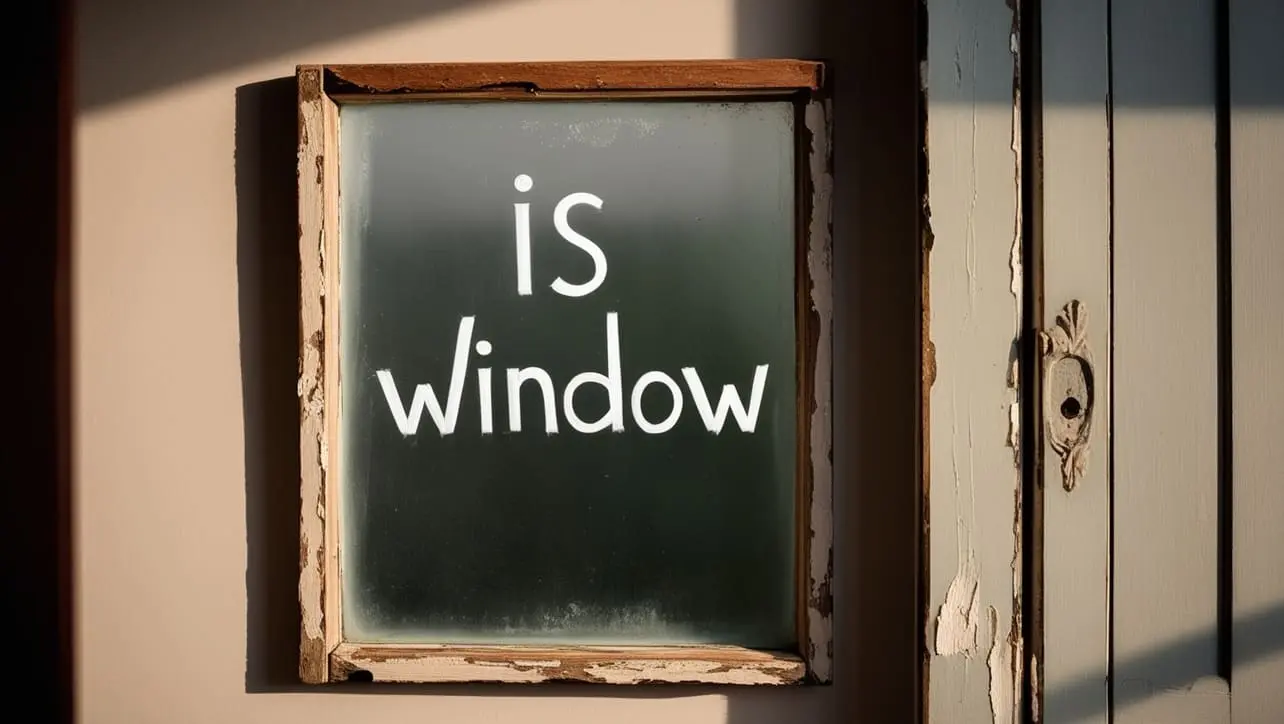
jQuery Topics
- jQuery Introduction
- jQuery Callbacks
- jQuery deferred
- jQuery selectors
- jQuery Ajax Events
- jQuery Ajax Methods
- jQuery Keyboard Events
- jQuery Keyboard Methods
- jQuery Form Events
- jQuery Form Methods
- jQuery Mouse Events
- jQuery Mouse Methods
- jQuery Event Properties
- jQuery Event Methods
- jQuery HTML
- jQuery CSS
- jQuery Fading
- jQuery Traversing
- jQuery Utilities
- jQuery Properties
jQuery jQuery.isWindow() Method

Photo Credit to CodeToFun
🙋 Introduction
jQuery is renowned for its extensive library of methods that simplify JavaScript development. One such method is jQuery.isWindow(), which allows you to determine whether an object is a window. Understanding and leveraging this method can greatly enhance your ability to manipulate and interact with window objects in your web applications.
In this guide, we'll explore the jQuery jQuery.isWindow() method in detail, providing clear examples to illustrate its functionality.
🧠 Understanding jQuery.isWindow() Method
The jQuery.isWindow() method is designed to check whether a given object is a window object. This can be particularly useful when dealing with objects in your DOM manipulation tasks and event handling scenarios.
💡 Syntax
The syntax for the jQuery.isWindow() method is straightforward:
jQuery.isWindow(obj)Parameters:
- obj: The object to be tested.
Return Value:
- true: if the object is a window,
falseotherwise.
📝 Example
Checking if an Object is a Window:
Suppose you have an object and you want to determine if it's a window. You can use the
jQuery.isWindow()method as follows:example.jsCopiedvar myWindow = window; console.log(jQuery.isWindow(myWindow)); // Output: trueThis will output
truesince myWindow refers to the global window object.Handling Event Binding for Windows:
You can utilize the
jQuery.isWindow()method to ensure proper event binding for window objects. For instance, let's bind a resize event handler only if the object is a window:example.jsCopiedvar myElement = $("#myElement"); if(jQuery.isWindow(myElement[0])) { $(window).resize(function() { console.log("Window resized!"); }); }This ensures that the resize event handler is bound only to the window object.
Handling Cross-Browser Compatibility:
The
jQuery.isWindow()method provides a reliable way to handle cross-browser compatibility when dealing with window objects. For example:example.jsCopiedvar myObject = {}; console.log(jQuery.isWindow(myObject)); // Output: falseThis will return
falsesince myObject is not a window object.
🎉 Conclusion
The jQuery jQuery.isWindow() method is a valuable tool for identifying window objects within your JavaScript code. Whether you need to determine the type of an object, handle event binding for windows, or ensure cross-browser compatibility, this method offers a straightforward solution.
By mastering its usage, you can effectively manage window-related tasks and enhance the interactivity of your web applications.
👨💻 Join our Community:
Author

For over eight years, I worked as a full-stack web developer. Now, I have chosen my profession as a full-time blogger at codetofun.com.
Buy me a coffee to make codetofun.com free for everyone.
Buy me a Coffee












If you have any doubts regarding this article (jQuery jQuery.isWindow() Method), please comment here. I will help you immediately.